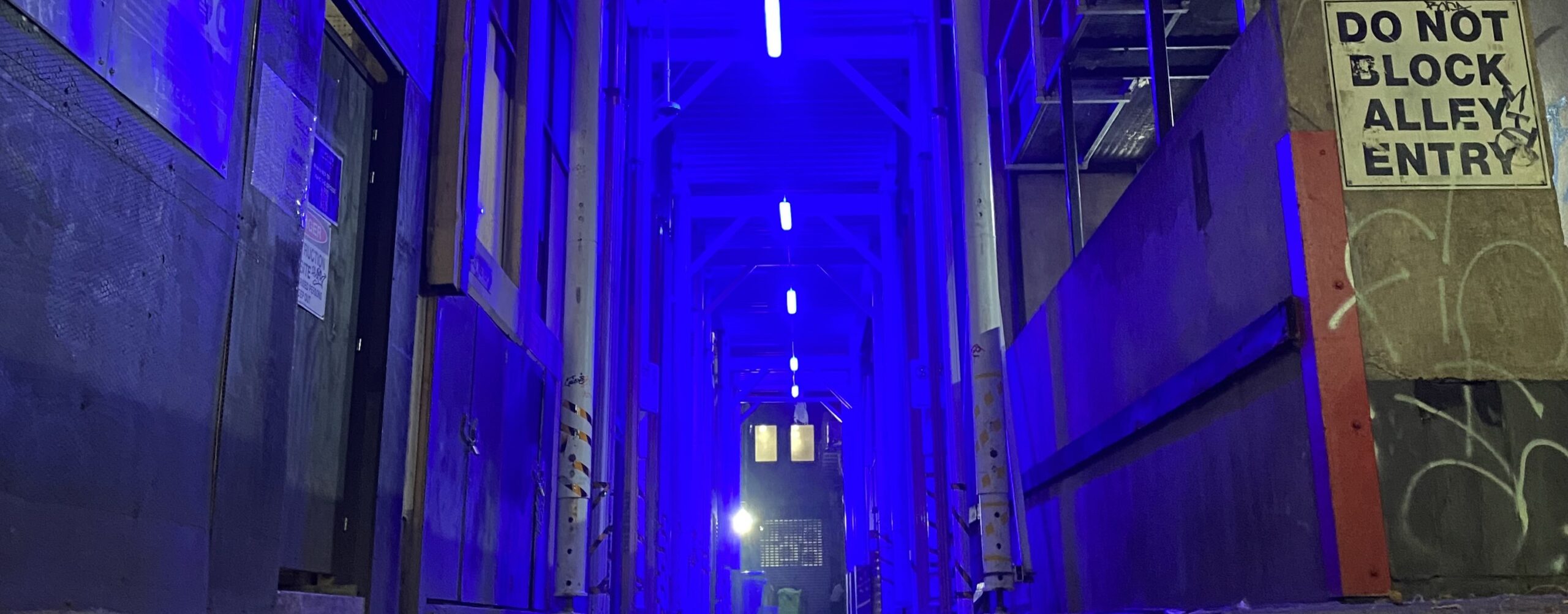speed and ferocity, forced cities to grapple with an eerie and haunting phenomenon: deserted streets and empty thoroughfares. As the virus rapidly spread, governments worldwide implemented stringent lockdown measures, and urban centers bore the brunt of these restrictions. In response, what were once bustling metropolises transformed into ghost towns, their vibrancy stifled by the pandemic’s relentless grip.
The world watched in astonishment as iconic locations such as New York’s Times Square, London’s Piccadilly Circus, and Paris’s Champs-Élysées became empty, devoid of the usual throngs of tourists and residents. These deserted cities, eerily quiet and forlorn, offered a stark reminder of the virus’s devastating impact on our lives and communities.
In these vacant urban landscapes, the absence of human activity was palpable. Restaurants and cafes, once vibrant with laughter and conversation, stood closed and desolate. The bustling markets, where commerce thrived, were now silent, their storefronts covered in dust. The solitude of these deserted cities underscored the gravity of the crisis, leaving a mark on our collective memory that will persist for generations.
While the silence was haunting, it also served as a poignant reminder of the resilience of human spirit. Communities found creative ways to stay connected, even in isolation. Neighborhoods erupted in applause for essential workers, balconies became concert stages, and virtual connections grew stronger. In the deserted streets, acts of kindness and solidarity were born.
Deserted cities during COVID-19 were a sobering sight, an image of the world at a standstill. They serve as a testament to the importance of our collective actions in the face of global crises and as a symbol of our capacity to come together, even in isolation, to confront the most daunting challenges of our time.

